The true story behind the execution of the Romanov family shown in 'The Crown,' including what the show left out

Season five of "The Crown" depicts in horrifying detail the deaths of the Russian royal family.
The Romanovs were executed in 1918 after Bolshevik revolutionaries toppled the monarchy.
Here's what the Netflix show gets right and wrong about the British royal family's involvement.
Episode six of the latest season of "The Crown" opens with a different royal family than the one viewers have grown accustomed to seeing over the past five seasons.
In a flashback to the early 20th century, we see King George V's (Richard Dillane) cozy breakfast with his wife, Mary of Teck (Candida Benson), and son, the future King Edward VIII (Adam Buchanan), interrupted by a rather urgent matter.
The king's aide hands him a letter from Downing Street informing him that the government wants to send a ship to rescue Tsar Nicholas II and his family, who were being held prisoner in their own country. However, they will only do so with the king's permission, given that the tsar is his cousin.
While viewers don't see the response from the British monarch and his wife, the next scene shows in horrifying detail the repercussions of King George's decision as the tsar, his wife, and five children are brutally murdered by Bolshevik revolutionaries.
Here's how the events of the episode compare with what really happened to the Romanov dynasty.
The Romanovs, descendants of Peter the Great, were the last imperial dynasty to rule over Russia.
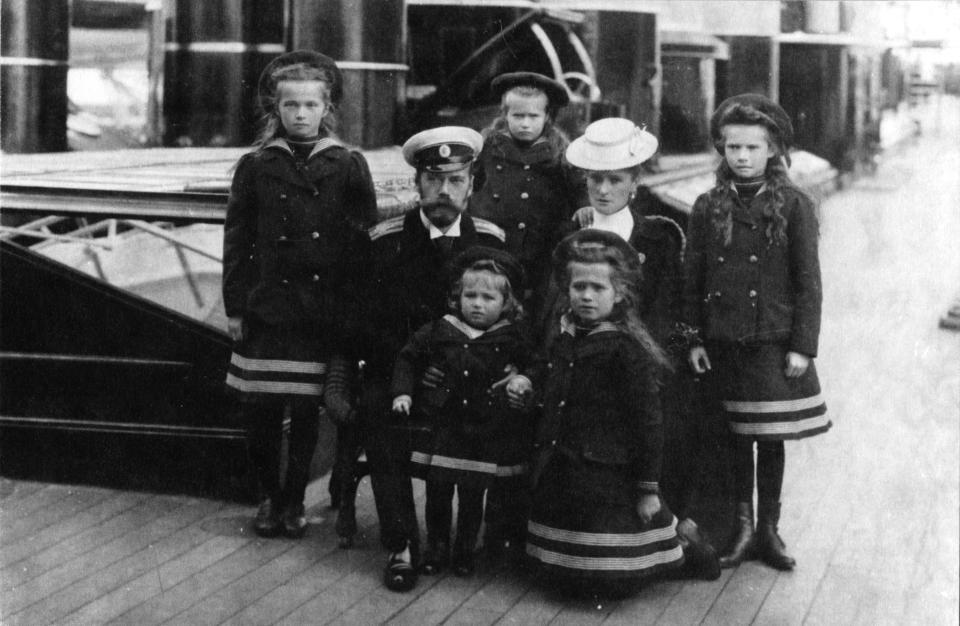
The Romanovs first came to power in 1613, and there were 17 Romanov rulers on the Russian throne before Nicholas II was crowned in 1894.
According to History.com, he was neither trained nor inclined to rule when he came to power at the age of 26, in the same month he married his wife, Alexandra Feodorovna, also known as Alix of Hesse.
The couple had four daughters together over the next 15 years: Olga, born in 1895; Tatiana, born in 1897; Maria, born in 1899; and Anastasia, born in 1901. After that, they turned to faith in hopes of bearing a male heir and finally welcomed their only son, Alexei, in 1904.
In his public life as ruler, Nicholas also faced difficulties. He became known as "Nicholas the Bloody" for his role in the Khodynka Tragedy and the suppression of the 1905 Russian Revolution.
He was forced to abdicate in 1917, thereby ending the Romanov dynasty's 304-year rule of Russia.
The Romanovs were held captive in the crumbling Ipatiev House in Yekaterinburg, Russia, for 78 days before their execution.
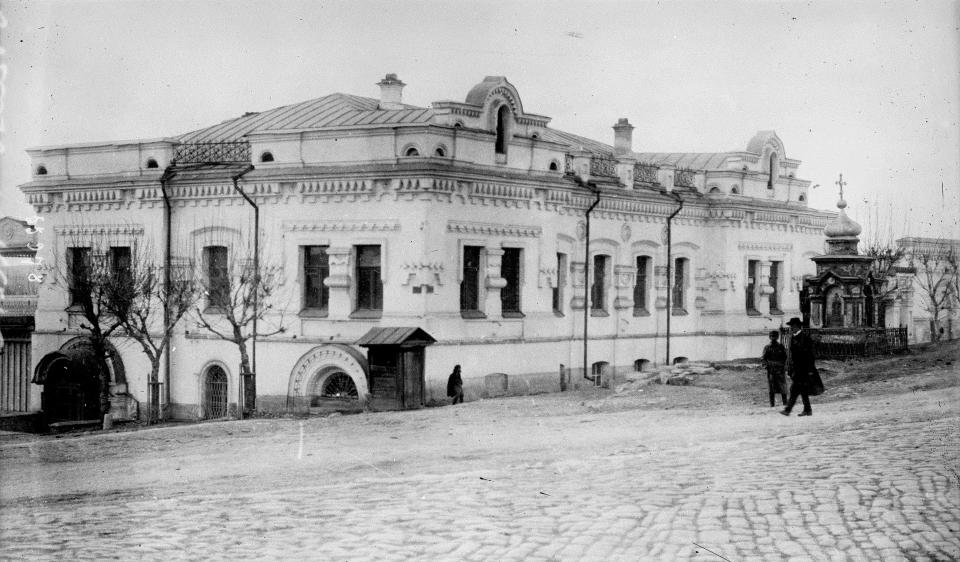
They occupied four rooms on the upper floor while their guards were housed on the ground floor, according to Town & Country. However, they had been held captive for much longer, having first been held prisoner in the Alexander Palace following the February Revolution in 1917.
They had just a few remaining servants with them, chambermaid Anna Demidova, cook Ivan Kharitonov, valet Alexei Trupp and physician Dr. Yevgeny Botkin.
George V and Nicholas II really were cousins and bore a strong resemblance to one another.
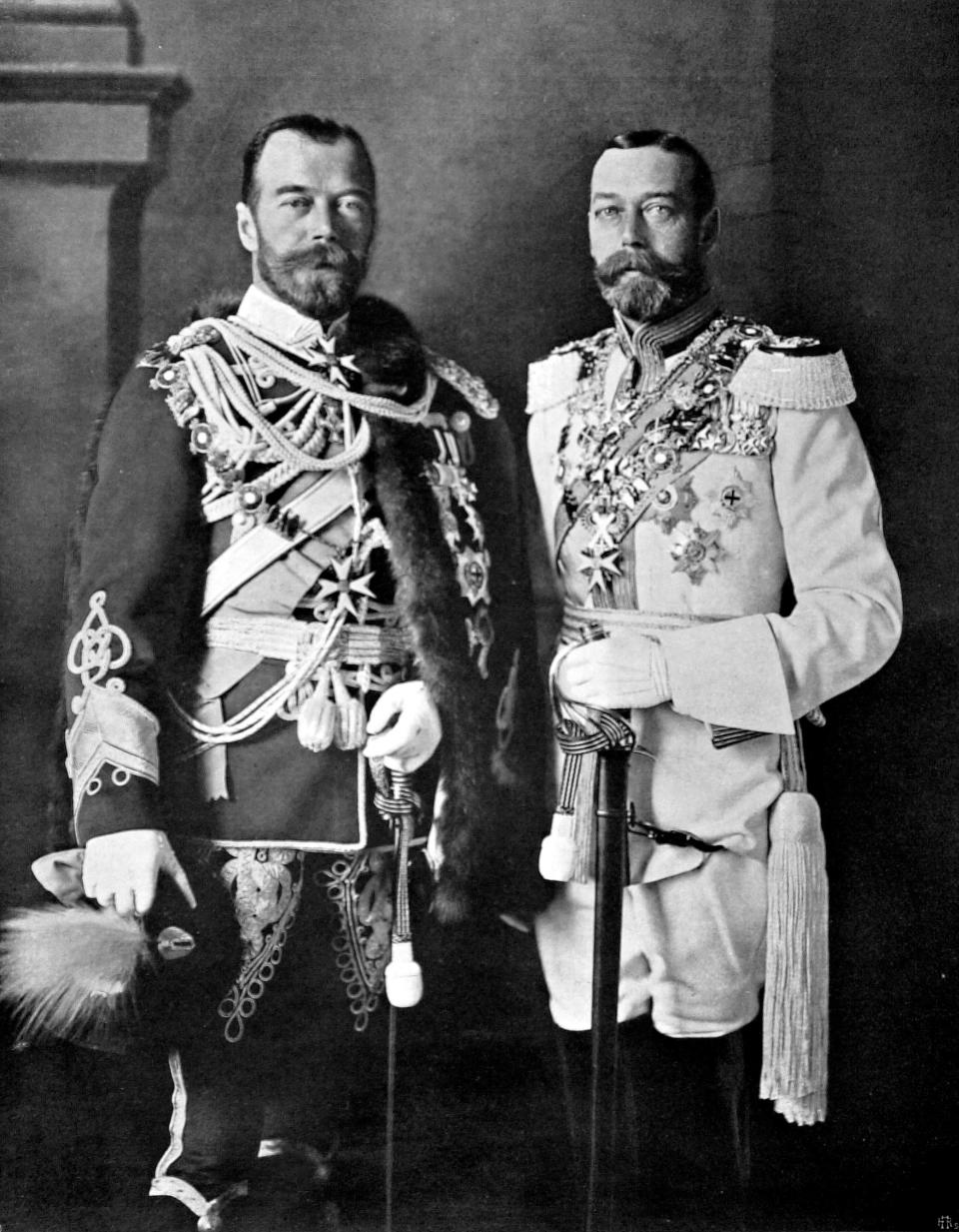
The two rulers were really cousins — first cousins, in fact, as their mothers were sisters.
George V's mother was Princess Alexandra of Denmark, who was the wife of Queen Victoria's eldest son, Edward VII. Alexandra's sister was Maria Fedorovna, who married Tsar Alexander III and mothered Nicholas, who would become the last Russian monarch.
The two rulers shared a close friendship, used the nicknames "Georgie" and "Nicky" for each other, and even vacationed together.
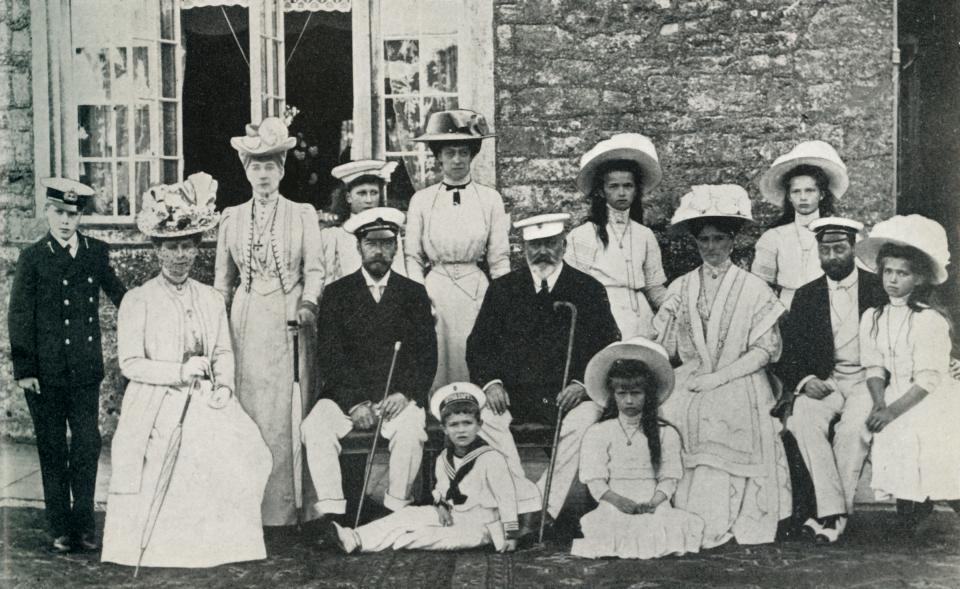
According to The Washington Post, the two men's uncanny resemblance was remarked upon when the families gathered together for events such as vacations and royal weddings. In 1909, for example, the families were photographed holidaying together on the Isle of Wight for the Cowes Regatta.
As Catrine Clay recounts in her book "King, Kaiser, Tsar," when Nicholas and his family were murdered, George wrote in his diary: "I was devoted to Nicky, who was the kindest of men, a thorough gentleman, loved his country and his people."
Yet, despite their close relationship, George V denied his cousin and his family asylum in the United Kingdom. His decision was made over several weeks. rather than over breakfast as the show suggests.
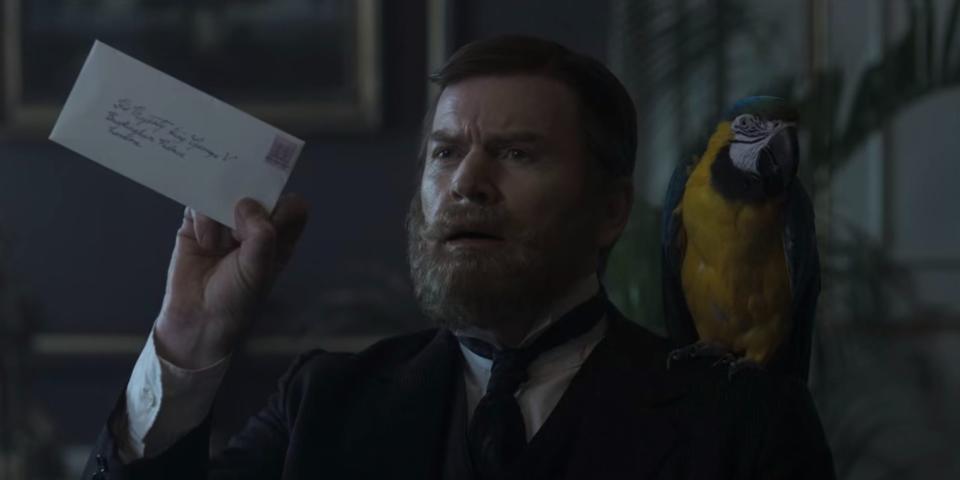
According to Frances Welch's book, "The Imperial Tea Party," via Tatler, the British monarch was initially resolved to rescue Nicholas II but was undermined by his secretary.
Lord Stamfordham expressed concerns that bringing the Romanovs to the UK would fuel the already growing republican movement among British subjects.
The king might have faced the threat of his own forced abdication if he was seen as being too welcoming to the family, and it is possible that he wanted to maintain good relations with the new Bolshevik regime.

 Yahoo Autos
Yahoo Autos 